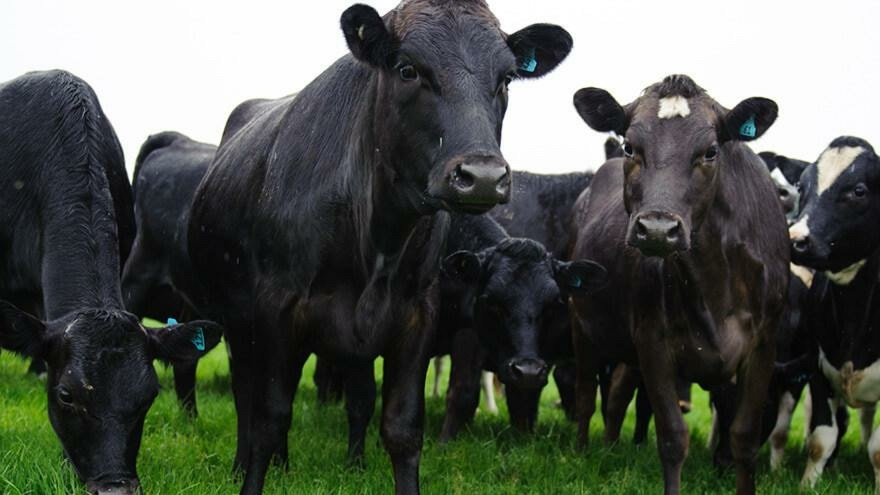
Subclinical facial eczema: The invisible drain on animal performance
Facial Eczema (FE) is named for one of the visual signs produced by the disease process, in this case it's inflammation and damage to the skin of light-coloured areas of the face and body. However, the largest impacts on your bottom line are the losses not immediately visible.
Like an iceberg, the visual consequences of clinical FE represent a small proportion of the total impact in a herd or flock with perhaps only 10 percent or less of affected animals showing visible disease. The largest impacts to farm productivity are reductions in liveweight gains, fertility and milk production, and increased culling.
Between March and May of 2014, research¹ looked at evidence of liver damage and farm management practices for FE control on 105 dairy farms around the North Island. Despite a high level of awareness of FE as a potential problem, there was a lack of understanding of the impact of subclinical FE on farm economics; more than 90 percent of farmers believed their FE strategy was effective because of an absence of clinical disease. While most used regional spore count data, only a third of herds were measuring spore counts on their own farms. A third of the herds sampled had evidence of liver damage, and among the herds supplementing zinc, nearly 75 percent had more than 3 out of 10 cows with insufficient zinc in the serum to be protective. All of this points to an opportunity to improve farm productivity by being more proactive about FE management.
While the liver can regenerate, repair takes energy and protein away from growth and production, and if liver damage is severe, the animal may never recover. Implementing an FE management plan over summer helps reduce the invisible losses (subclinical impacts) on your stock. If you aren’t monitoring spore counts, you may start your programme too early or too late, and either way that costs money.
Subclinical FE can reduce lifetime productivity by up to 25 percent¹ so providing zinc to animals challenged by FE spores reduces the toxic effects of sporidesmin on the liver.
In the Cuttance study¹, cows that received zinc through water alone were 5.5 times more likely to have insufficient zinc in their blood compared with cows that were drenched.
For dry stock and sheep, the use of intra-ruminal zinc oxide boluses such as The Time Capsule™ provides a controlled release of zinc for four weeks in cattle and six weeks in sheep. Dose animals at the start of FE season, in December or January, and again in March for the best protection.
For more information on facial eczema prevention options, visit your local PGG Wrightson store.
¹ Cuttance, E. L., Stevenson, M. A., Laven, R. A., & Mason, W. A. (2016). Facial eczema management protocols used on dairy farms in the North Island of New Zealand and associated concentrations of zinc in serum. New Zealand Veterinary Journal, 64:6, 343-350, DOI: 10.1080/00480169.2016.1220846.
ACVM registration: The Time Capsule For Facial Eczema Prevention (Lamb + Adult Sheep) #A006275, The Time Capsule For Facial Eczema Prevention (Cattle 175-250 kg) #A007600, The Time Capsule For Facial Eczema Prevention (Cattle 250-400 kg) #A007763, The Time Capsule For Facial Eczema Prevention (Cattle 130-175 kg) #A007931, The Time Capsule For Facial Eczema Prevention (Cattle 90-130 kg) #A009006, The Time Capsule For Facial Eczema Prevention (Cattle 400-600 kg) #A010857. Always read the registered label before use.


